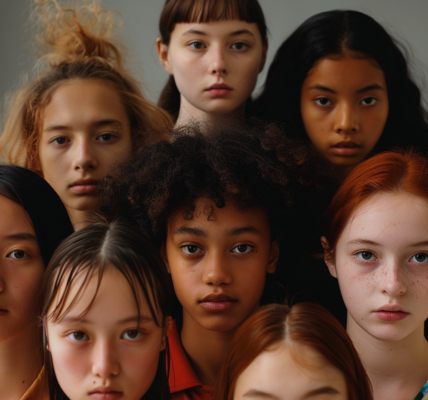Excitement is a constant in the ever-evolving world of gene editing. It’s been a mere 11 years since Professors Jennifer Doudna and Emmanuelle Charpentier published their landmark Science paper that foreshadowed a revolution in gene editing, and already there are CRISPR-based therapies on the market for patients.
CRISPR technology has featured in thousands of scientific papers. Laboratories across the world are striving to optimize various components of the technique’s molecular machinery, tweaking and enhancing it for a broad range of applications. Here, we discuss examples of recent research advancements that tackle core bottlenecks in the field.
In vivo gene editing for increased accessibility to CRISPR-based therapies
Existing gene therapies that use non-viral vectors for therapeutic delivery typically require ex vivo editing. A patient’s cells are extracted, transported to a laboratory for editing and then infused back into the body. This approach, while effective, has its drawbacks. Extended hospital stays contribute to the costly nature of modern gene therapies, which could limit their accessibility.
Casgevy, the first US Food and Drug Administration (FDA)-approved therapy that utilizes CRISPR-Cas9, offers new hope for patients with sickle cell disease. But it comes with a hefty price tag – approximately $2.2 million dollars for a one-time treatment.
“New technologies allowing in vivo delivery of gene-editing therapies and improved manufacturing will be key to driving prices down,” said Nobel Laureate Jennifer Doudna, who shared the 2020 Nobel Prize in Chemistry for her work developing CRISPR-Cas9 gene editing.
The Doudna laboratory at the Innovative Genomics Institute (IGI) has been exploring innovative ways to skip the step of engineering cells outside of the body. They recently shared a method in Nature Biotechnology that harnesses the predictability of antibody–antigen interactions to deliver genome editing tools in a targeted manner.
Dr. Jennifer Hamilton, a CRISPR researcher in Doudna’s laboratory, previously discovered that the exterior envelope of an HIV-1 virus – once emptied and filled with Cas9 – was capable of editing T cells ex vivo, converting them to CAR T cells. At the IGI, Hamilton and her team have been developing a system to deliver CRISPR components in vivo, using the same envelope to target specific cells within the body.





